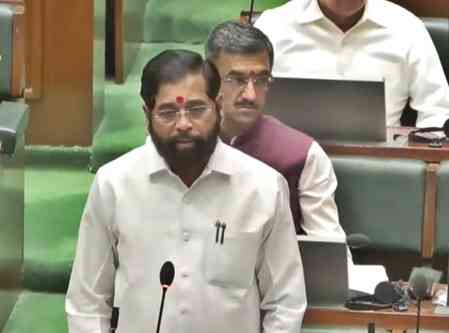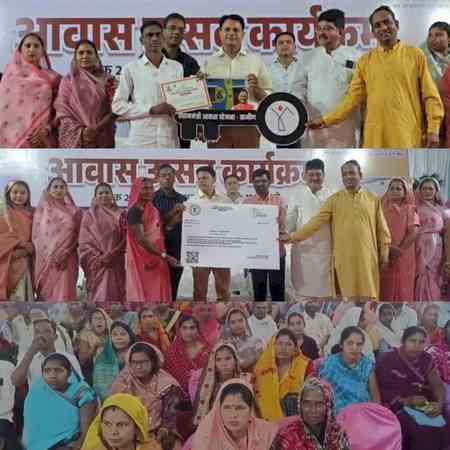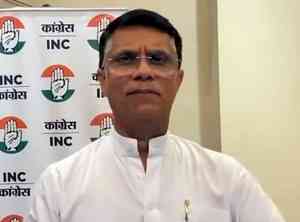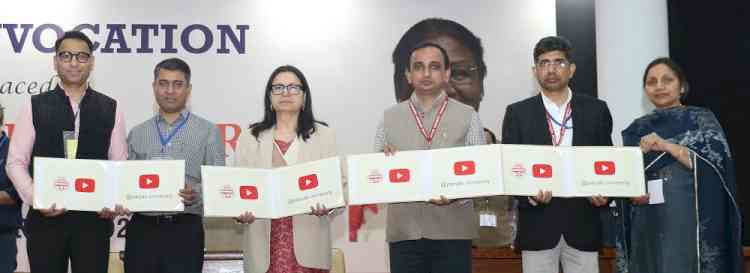100 per cent increase in Myopia Progression and five-fold increase in ‘Squint Eye’ cases likely among children amid increased screen time: Dr Agarwals Eye Hospital
Reflecting international trends, the annual incidence of myopia among Indian children in the ages of 5-15 years, may have doubled since the imposition of lockdown in 2020, earning the year the dubious distinction name ‘Year of Quarantine Myopia’
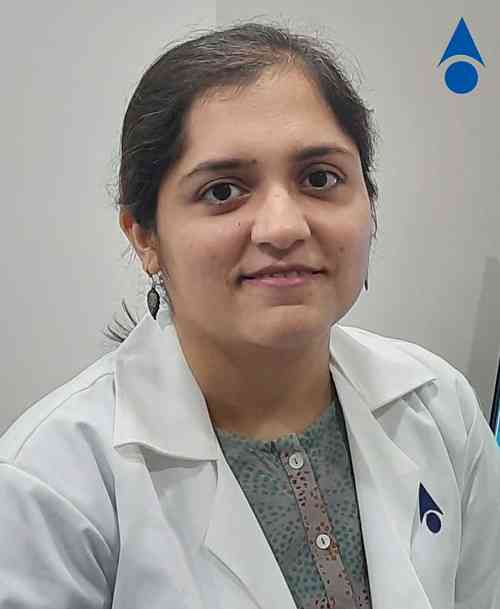
Hyderabad, August 18, 2021: Amid increased screen time, the onset and progression of myopia (‘near-sightedness’), and the cases of ‘squint eye’ among school-going children in India may have increased at an alarming rate since 2020, if the numbers at the paediatrics department of the nationwide network, Dr. Agarwals Eye Hospital, are any indication.
“Our figures show that there is a 100% increase in annual myopia progression and a five-fold increase in annual ‘Squint Eye’ cases among children of 5-15 years during the pandemic year,” said Dr. Palak Macwana, Consultant Ophthalmologist at Dr. Agarwals Eye Hospital, Telangana. On the onset of myopia, the annual incidence among the Indian children in this age group may have doubled since the imposition of lockdown in 2020, reflecting international trends, he/she added.
In a press release issued by Dr. Agarwals Eye Hospital, one of India’s largest networks of eyecare centres, on the occasion of Children's Eye Health and Safety Awareness Month, observed every August, Dr. Palak Macwana, said, “There has been an unprecedented increase in the number of acute onset comitant esotropia among the paediatric population during the recent pandemic years. In our hospitals, ophthalmologists used to see 1 or 2 cases in a year before COVID-19 but today there are more than 10 cases. The progression of myopia has been another cause of concern. We find nearly 100% progression among children.”
Among the key risk factors are sustained ‘near work’ - which traditionally refers to activities such as reading and writing with the distance between the object of focus (books, for instance), and eyes being less than 33 cm. According to the World Society of Paediatric Ophthalmology and Strabismus (WSPOS) consensus, sustained near-work has more implications in myopia, and could lead to squinting.
Dr. Palak added that during the lockdown period, the near-work often involves computers, laptops, and mobile phones or tablets, taken up without frequent breaks and increased screen time for academic or other purposes. This visual stress could lead to squinting and has an accelerating effect on myopia progression. Both books and other paper-based materials, as well as light-emitting digital devices, pose an equal risk to myopia progression. But the light-emitting digital devices can cause other problems like dry eye and photosensitivity.
Talking about the need for promoting good eye health measures, Dr. Palak, said that according to the World Society of Paediatric Ophthalmology and Strabismus consensus, sustained near-work has more implications in myopia progression than the total number of hours with frequent breaks. “This means if a child spends an hour in front of a computer screen or mobile phone without a break, he or she has more chances of developing eye-related complications than a child who spends three hours but takes frequent breaks,” he/she said.
Dr. Palak suggested that when online classes are not avoidable, parents can ask their children to use laptops/desktops - instead of mobile phones, as the distance of eyes from these digital devices would be more, compared to mobile phone screens. It is important to ensure sunlight exposure for 1 to 2 hours a day with outdoor play if possible. A healthy, and well-balanced diet will promote overall development
On the latest treatments for myopia, Dr. Palak said that for myopia progression, the treatment options are low dose atropine eye drops, progressive addition lenses, multifocal spectacles, special contact lenses like orthokeratology, and RGP contact lenses. But cases of acute onset comitant esotropia are not reversible. In these cases, strabismus surgery must be done to restore binocular vision.
He/she said that myopia is an emerging public health problem in both urban and rural school-going children in India requiring urgent efforts. Severe myopia involves complications like early onset cataracts, open-angle glaucoma, retinal detachment, atrophic myopic maculopathy, and myopic strabismus fixus. Myopia progression is also an economic burden for the individual and country.


 cityairnews
cityairnews 
